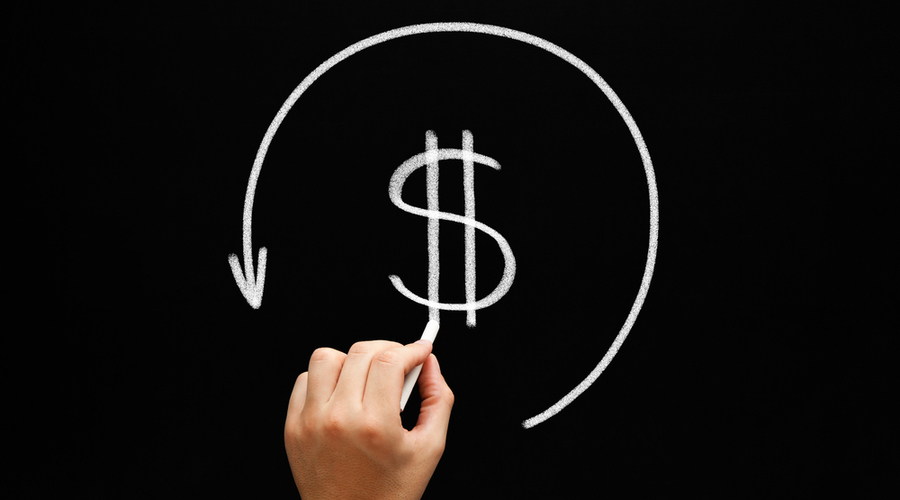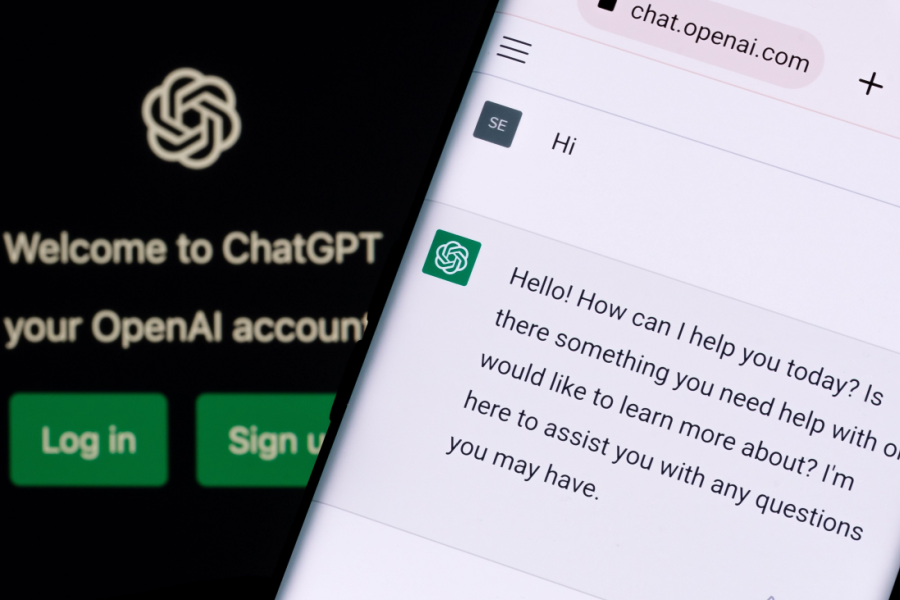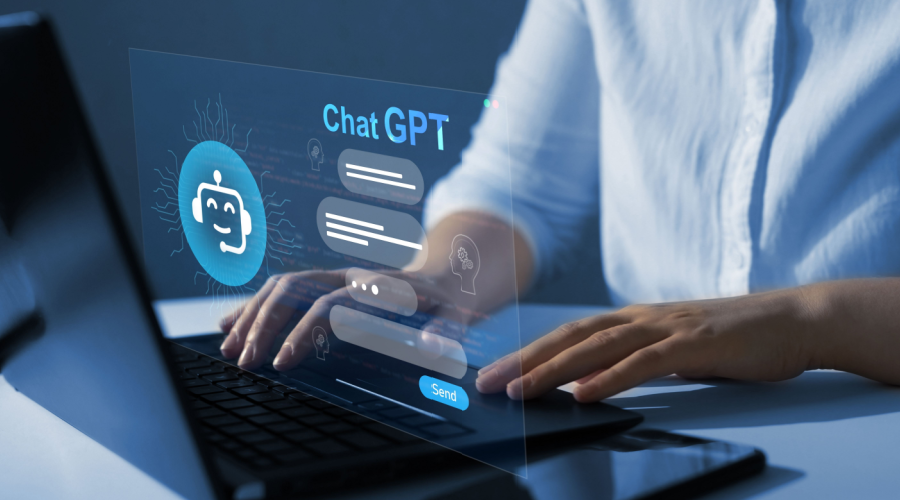Inside: Take control of your purchasing to get a better wholesaler rebate for your pharmacy.
Prescriptions make up the vast majority of independent pharmacies’ expenses. Getting back even small percentage on them can make a substantial difference in profitability, especially as margins continue to decline across the industry.
Rebates are a contract incentive wholesalers provide that can help pharmacy owners save hundreds of thousands of dollars on their inventory every year. Unfortunately, because contracts are so complicated, it can be difficult to get the hang of which purchases will help to increase your rebate.
Use these tips to master your wholesaler contract and get the best rebate possible for your independent pharmacy.
1. Negotiate for a better deal
Getting a better rebate starts before you even enter a wholesaler contract. Before you sign, you have to negotiate for the best perks.
Before you walk into negotiations with a wholesaler, you should know what you want. Have a good idea of what you want your rebate structure to look like, what volume commitments you want to make, and what incentives you expect. If you’re unsure of what you want in your contract, you may end up negotiating a contract that sounds good in the moment, but it might lack incentives that add up to long term profitability.
Unfortunately, as a single pharmacy, you may not have enough leverage to get the kind of deals that you want. Joining a group purchasing organization like ProfitGuard gives you more power to make demands for better payment terms, rebates, and generic requirements so you can make a profit. ProfitGuard also isn’t tied to a single wholesaler, which means it can submit bids to multiple wholesalers to increase competition and thereby get you a better deal.
2. Max out your generic compliance
There’s one figure that could be keeping your pharmacy from receiving a large rebate check every month: the generic compliance ratio.
This measurement is typically calculated by dividing the number of generic Rx purchase volume by the total Rx purchase volume. Generic medications are where wholesalers make most of their money, so they incentivize independent pharmacies like yours to buy more with a generic compliance rebate structure.
Here’s how it works: the more generics you buy, the larger the rebate you receive. The exact rebate amount is determined by a tiered structure, so if you have 10 percent generic purchases, you might get a 10 percent rebate. But if you bump your generic volume up to 15 percent, your rebate will be bumped up to 20 percent.
Do everything you can to take advantage of this system. If you max out your generic compliance every month, you’ll end up saving hundreds of thousands of dollars over the course of a single year, which you can in turn use to reinvest in your pharmacy.
3. Meet volume commitments
There are plenty of opportunities for rebates, but you may not get any of them if you don’t meet the volume commitments specified in your wholesaler contract.
In your wholesaler contract, there’s probably a “total dollar volume commitment,” which is a dollar amount that you agree to spend each month as part of your agreement with the wholesaler. There’s also a “percentage of volume commitment,” which says that you agree to purchase a certain percentage of your pharmaceuticals from the wholesaler every month.
If you don’t hit these volume thresholds, you probably won’t be eligible for a rebate at all.
There are all sorts of conditions that are based on volume, and you need to keep an eye on them throughout the month. You can unlock additional savings on brand name drugs if you purchase a specified dollar volume on brands. There’s also a rebate based on the generic dollar volume that you can receive if you reach a certain dollar volume on generics.
Because of these volume incentives, you should think twice before purchasing a drug with a cheaper sticker price from a secondary supplier. It may result in you losing out on a potential rebate.
4. Understand your incentive structure
Your contract contains pages and pages of small black text. But don’t treat it like your iTunes Terms and Conditions and sign without reading it.
In order to maximize your rebates, you have to understand all the requirements of your contract’s incentive structure.
One thing you should be on the lookout for is a “source list” or “specified contract items.” This is a list of all the generic items that are eligible for a rebate. If you buy generic drugs that aren’t on that list, it won’t count towards your generic compliance, and you could miss out on potential rebate money.
Within the language of your contract, there are often conditions on automatic substitution — if you order a brand name drug and it’s not available, the wholesaler will send a substitute. This may seem convenient, but these substitutions may not be on the source list and may not eligible for rebates.
Individual contracts also offer individual rebates and incentives based on performance metrics or purchase of specialty items. Learn what those conditions are and take advantage of them to the fullest.
5. Make informed decisions with ProfitGuard
To keep track of where you are with your rebate incentive structures and volume commitments to maximize profitability every month, pharmacists have to perform a time-consuming calculus every time they make a purchase. For every purchase, you have to take into account all previous purchases for the month in addition to predicting purchases for the rest of the month — and know exactly how each individual item will affect your overall incentive compliance. Some may give up on trying to take advantage of rebates and make purchasing decisions on the fly instead. But the process doesn’t have to be that complicated.
ProfitGuard®, a total purchasing solution, automatically analyses and tracks your purchasing to ensure you are meeting your commitments and maximizing your wholesaler rebates. It takes into account every contract incentive as well as item-by-item prices. ProfitGuard members have averaged between $70,800 and $212,400 in annual savings on their cost of goods.
“It’s the industry game changer for the independent pharmacy owner or operator,” says Huy Duong, owner of Dale’s Pharmacy in Colorado. “There’s nothing out there like it on the market.”
A Member-Owned Company Serving Independent Pharmacies
PBA Health is dedicated to helping independent pharmacies reach their full potential on the buy-side of their business. Founded and owned by pharmacists, PBA Health serves independent pharmacies with group purchasing services, wholesaler contract negotiations, proprietary purchasing tools, and more.
An HDA member, PBA Health operates its own NABP-accredited secondary wholesaler with more than 6,000 SKUs, including brands, generics, narcotics CII-CV, cold-storage products, and over-the-counter (OTC) products — offering the lowest prices in the secondary market.












